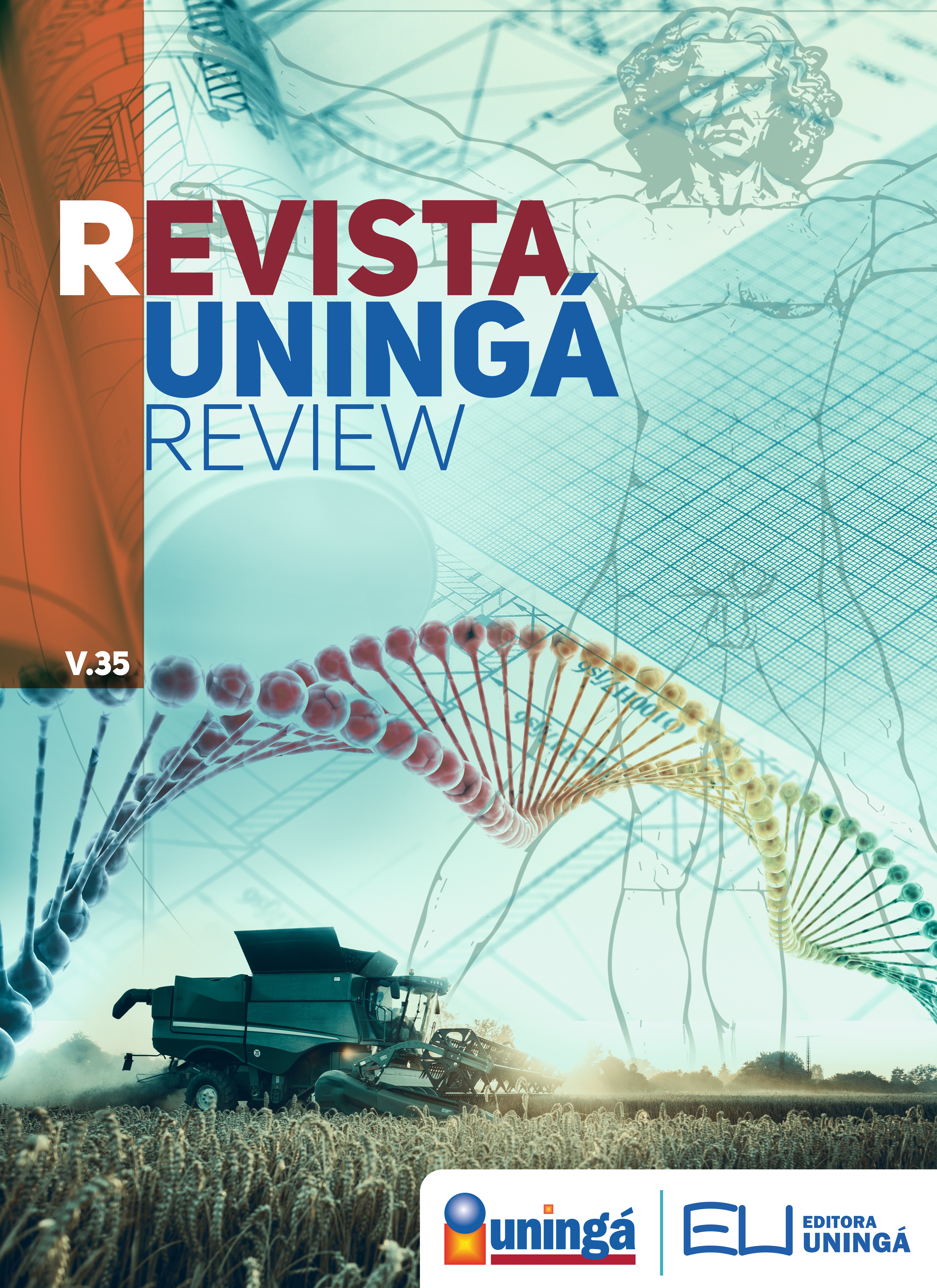LIPOSSOMAS DE LONGA-CIRCULAÇÃO COMO ESTRATÉGIA PROMISSORA PARA O TRANSPORTE E BIODISPONIBILIZAÇÃO DE FÁRMACOS NO TRATAMENTO DO CÂNCER
DOI:
https://doi.org/10.46311/2178-2571.35.eURJ3400Palabras clave:
Copolímeros Tribloco, Formulação de medicamentos, Lipossomas, Lipossomas de Longa-circulação, Tratamento do câncerResumen
Nos últimos anos a nanotecnologia revelou-se uma forte aliada no desenvolvimento da Química Medicinal. Nessa vertente, destacam-se os lipossomas que além de serem modelos de membrana celular também são excelentes sistemas biocompatíveis de formulação, carreamento e liberação de fármacos. Entretanto, os lipossomas apresentam limitações relacionadas à sua baixa estabilidade em solução e rápida eliminação da circulação sanguínea. Esses fatores acabam impedindo o acúmulo dessas estruturas em tecidos tumorais, inclusive pelo efeito de permeabilidade e retenção (efeito EPR). Diante deste quadro, diversas estratégias vêm sendo desenvolvidas com o objetivo de aumentar a estabilidade e principalmente o tempo de circulação sanguínea dos lipossomas. Pesquisas recentes têm mostrado a obtenção de lipossomas modicados superficialmente com polietilenoglicol (PEG), com copolímeros tribloco do tipo ABA ou ainda com ligantes sítios específicos. Nesse sentido, o presente artigo traz uma revisão sobre as principais contribuições científicas no desenvolvimento, otimização e aprimoramento de lipossomas como sistemas de longa circulação visando novas estratégias de formulação de medicamentos para o tratamento do câncer.
Descargas
Descargas
Publicado
Cómo citar
Número
Sección
Licencia
Derechos de autor 2020 REVISTA UNINGÁ REVIEW

Esta obra está bajo una licencia internacional Creative Commons Atribución 4.0.
I declare/we declare that the text submitted here is original, of my own authorship and does not infringe any type of third party rights. The content is my/our sole responsibility. Possible research involving animals and/or human beings is in accordance with Resolution 196/96 of the National Health Council and its complements. I declare that I am/we are in possession of the written consent of patients and that the research and its procedures were timely and adequately approved by the Ethics Committee of the institution of origin. We further declare that all institutional affiliations and all sources of financial support for the work are duly informed. I certify that there is no commercial or associative interest that represents a conflict of interest related to the submitted work. If there is commercial interest, in addition to the technical and academic ones, in the publication of the article, the information will be reported during the text.







































